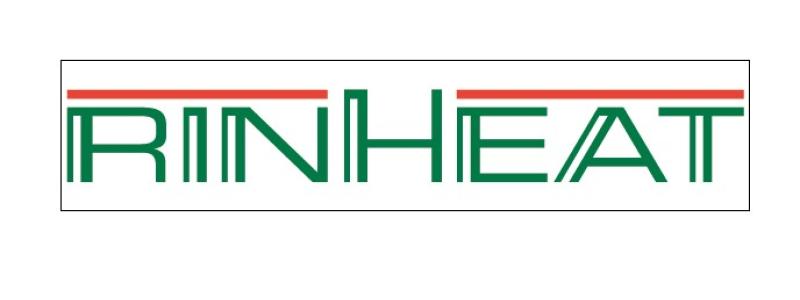In a major step forward for the use of recycled paper in the magazine industry, the National Geographic Society (NGS) has begun incorporating recycled fiber in all the pages of National Geographic Magazine, National Geographic Kids, and National Geographic Little Kids. The shift clearly demonstrates the viability of using recycled paper for high quality photographic reproduction. This expanded use of recycled paper comes as a result of close collaboration with Green America and the Natural Resources Defense Council (NRDC).
For large publishers that have been slow to adopt recycled fiber for their publications, the latest move by National Geographic—one of the most widely read and admired publications in the world—sends an important signal to the industry.
"The magazine that has showcased the natural wonders of the world for generations is now helping to preserve them in its very pages," said Darby Hoover, NRDC senior resource specialist. "National Geographic's world-renowned photography is unparalleled—if they can continue to captivate their audience in print by using recycled content, anyone can. By adding recycled fiber into their magazines, National Geographic is joining a growing movement that can help ensure the world's forests can live on the pages of their magazine—instead of in them—for years to come."
"National Geographic's recycled paper use is a tipping point for recycled paper in the magazine industry," Green America Better Paper Project Director Frank Locantore said. "National Geographic takes its environmental responsibility seriously and their recent commitment to using recycled paper helps further lower their greenhouse gas emissions and energy use. If National Geographic Magazine, with over four million print copies each month, can take this important step to use recycled paper, all magazines can follow their example."


























































